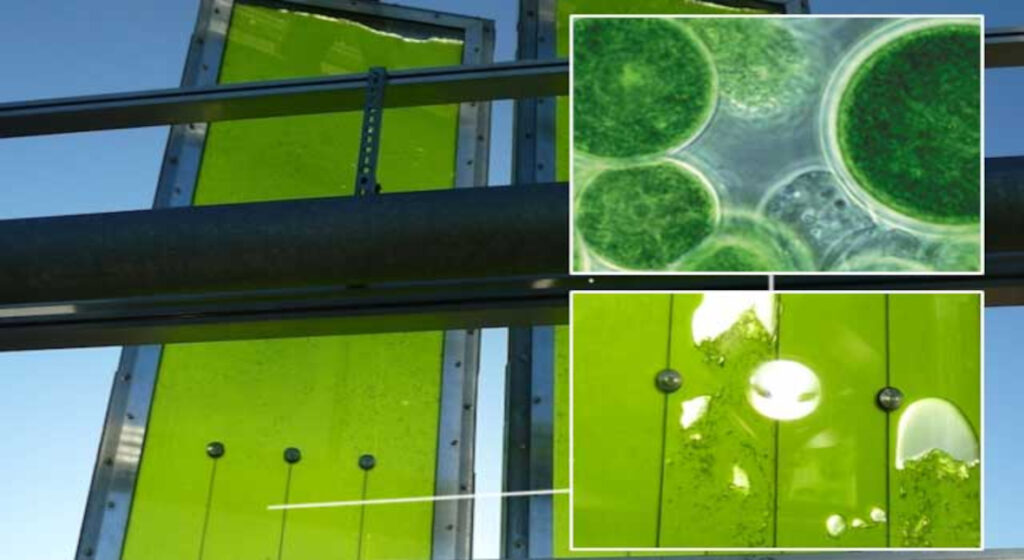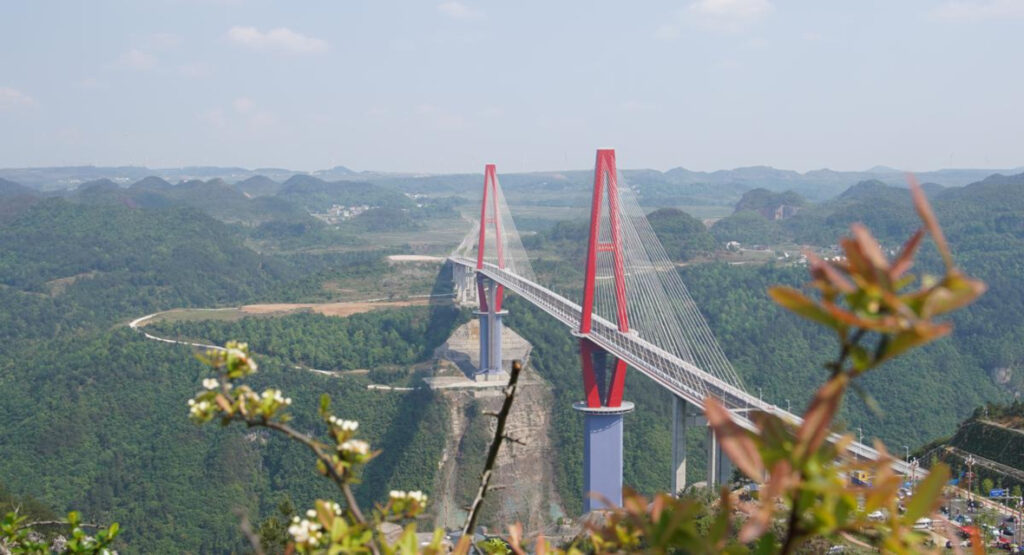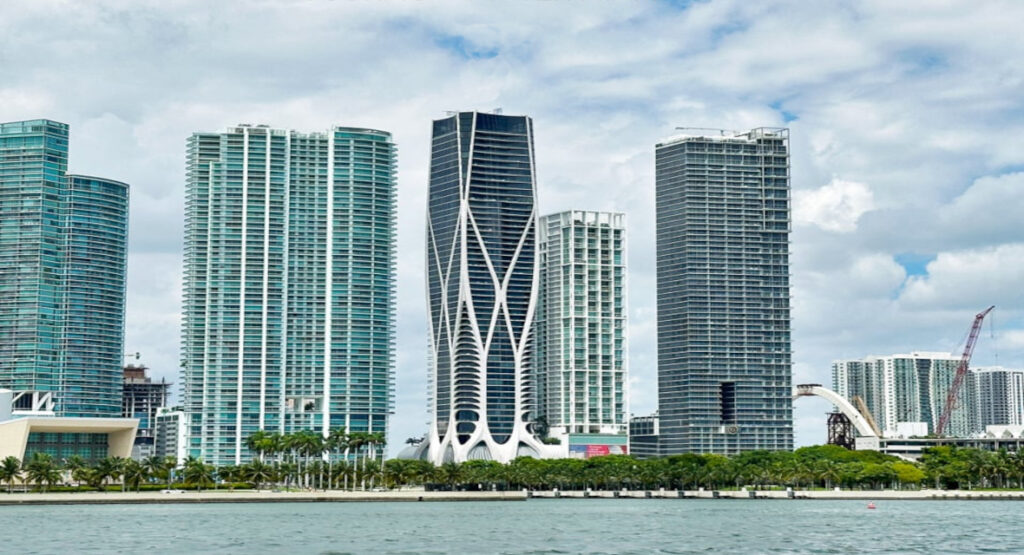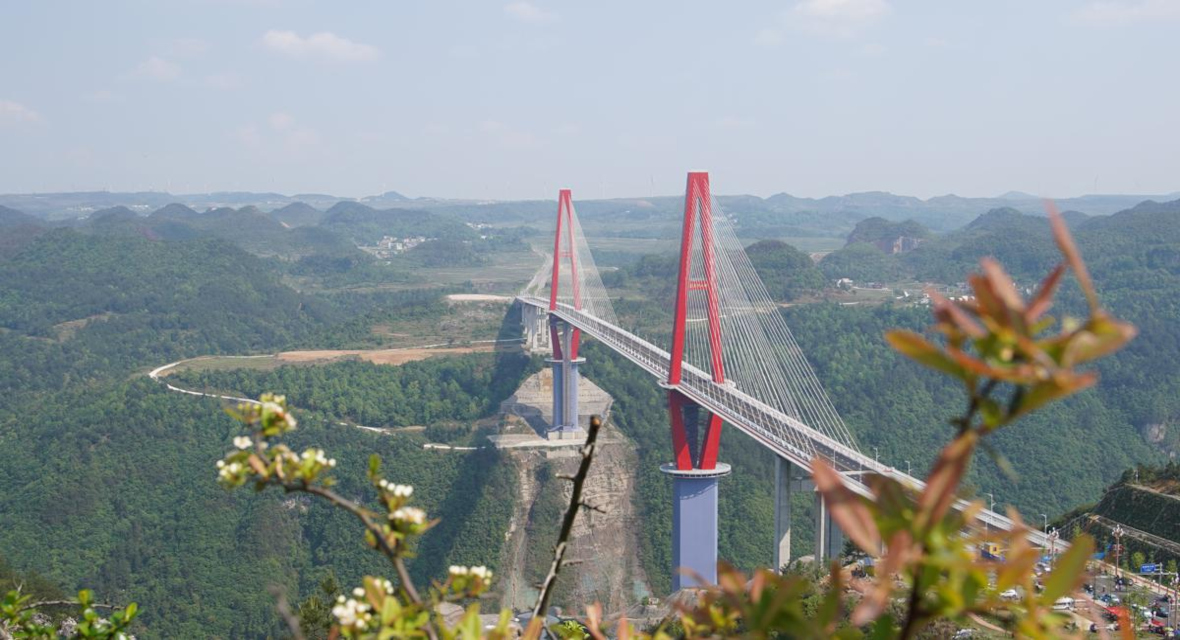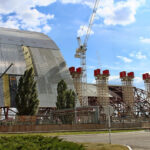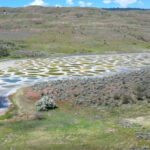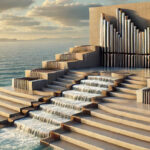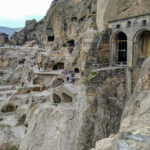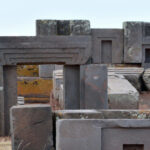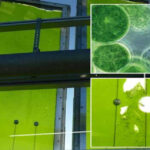Now Reading: The Makkah Royal Clock Tower
-
01
The Makkah Royal Clock Tower
The Makkah Royal Clock Tower
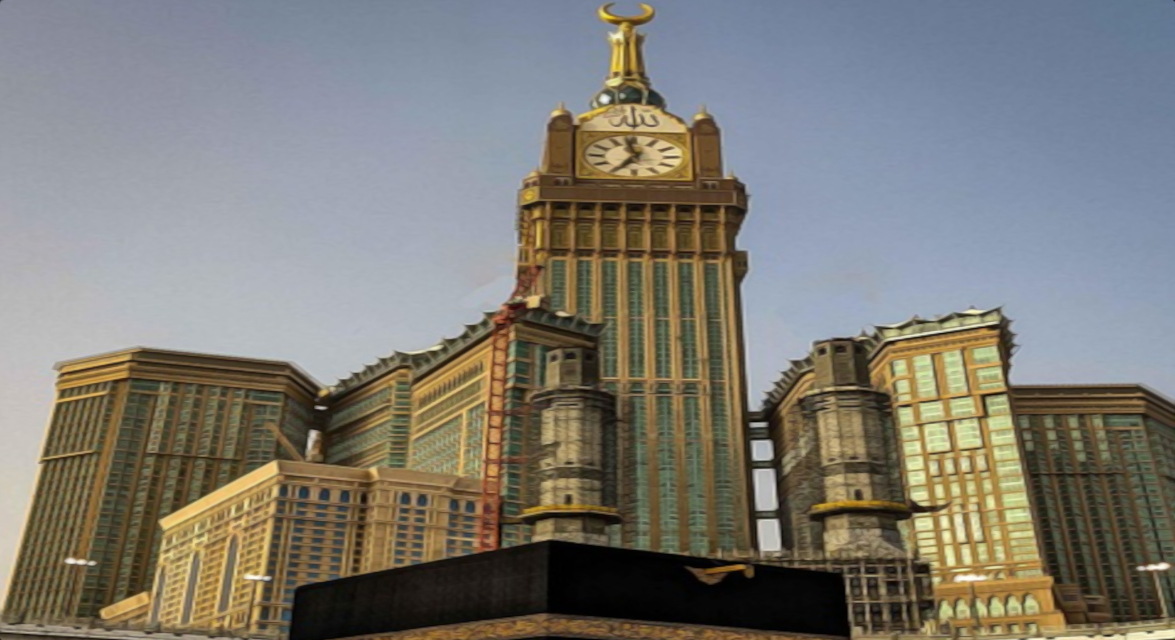
The Makkah Royal Clock Tower stands as one of the most remarkable and monumental buildings in the world. Dominating the skyline of Mecca, Saudi Arabia, this tower is part of the Abraj Al-Bait complex, which serves as a modern marvel next to the sacred Masjid al-Haram. Completed in 2012, the Makkah Royal Clock Tower not only boasts a rich architectural design but also showcases advanced engineering feats that make it one of the tallest and most intricate structures globally. At the heart of this tower lies its colossal clock, one of the largest in the world, which serves as a symbol of both modernity and the timeless tradition of the Islamic faith. This blog post will explore the architectural and engineering aspects of the Makkah Royal Clock Tower, delving into the design, structural challenges, and technological innovations that make it a standout achievement in modern construction.
Architectural Design
The Makkah Royal Clock Tower utilizes an advanced composite material for its exterior. The cladding system is constructed using double-glazed insulated glass panels with a solar reflective coating, which reduces solar heat gain by reflecting much of the sunlight and thus improves energy efficiency. This reflective surface is coupled with low-emissivity coatings to minimize heat transfer. The glass is paired with steel structural framing, providing both flexibility and strength. The building’s glass façade is composed of two layers: the outer layer for aesthetic purposes and the inner layer, which acts as a protective barrier to reduce thermal exchange.
The tower’s floor system employs a post-tensioned concrete slab design, ensuring maximum load distribution. The slabs are pre-cast and pre-stressed, which allows them to better withstand both vertical and lateral forces. The use of high-strength reinforced concrete (HSC) ensures both compression and tension loads are handled effectively, particularly in the upper floors where load-bearing demands are extreme due to the tower’s height.
In terms of the building envelope, the thermal insulation and fireproofing systems exceed the minimum codes, with materials such as rock wool and fiberglass insulation incorporated in the building’s walls, ceilings, and floors to minimize energy consumption and ensure occupant safety.
Engineering Feats
The Makkah Royal Clock Tower stands on a foundation that is engineered to withstand not only the weight of the tower but also the environmental and seismic challenges posed by its location. In addition to the 2,000 bored piles, which are drilled to a depth of 45 meters into stable rock layers, the foundation also includes an underground reinforced concrete raft. This raft acts as a massive base, evenly distributing the load of the tower across the piles, ensuring that there is minimal settlement or movement over time.
The raft is made using high-performance concrete (HPC), which is specifically designed to withstand the aggressive conditions of the desert environment. HPC has a lower permeability than conventional concrete, reducing the likelihood of moisture infiltration, which could weaken the structure over time.
To address potential seismic activity, the foundation incorporates base isolators—flexible bearings that absorb seismic energy and prevent it from transferring to the tower. These isolators are critical in mitigating the impact of earthquakes, especially given Mecca’s location in a seismically active zone. The base isolators are made of high-strength rubber and steel, with a built-in damping system that dissipates vibrational energy.
Additionally, the tower’s superstructure is reinforced with diagonal bracing systems that provide extra lateral support, ensuring the tower maintains its stability under extreme conditions such as high winds or earthquakes. The steel frame is designed to flex in response to lateral forces, which is important for preventing structural damage during high-stress events.
Clock Mechanism
The clock mechanism of the Makkah Royal Clock Tower is powered by a high-precision mechanical system, constructed by Lührs of Switzerland, and employs an advanced electromechanical synchronization system. The clock drives four faces, each with a diameter of 43 meters, and requires an extremely accurate timekeeping mechanism, which is synchronized to atomic clocks.
The clock utilizes a planetary gear system with motorized servos driving the clock hands. Each motor is connected to a precision gear train that ensures consistent and smooth movement of the hands. These gears are manufactured with hardened steel, making them highly resistant to wear and tear. The hands themselves are made from gold-plated stainless steel, with their large dimensions (up to 22 meters long) requiring careful balancing to prevent any misalignment or distortion under wind and temperature fluctuations.
The illuminated clock faces feature high-intensity LED lights, designed to last for thousands of hours with minimal maintenance. These LEDs are installed in a modular system, allowing individual bulbs to be replaced without requiring the entire lighting system to be shut down. The lights are powered by backup generators, ensuring continuous operation even during power outages. The clock is also equipped with a GPS synchronization module that ensures it stays in perfect sync with the Universal Coordinated Time (UTC) and Islamic prayer times.
Energy Efficiency and Systems
In terms of energy consumption, the Makkah Royal Clock Tower has implemented solar photovoltaic panels installed on the building’s roof, which provide a significant portion of its energy needs. The panels are designed to operate efficiently in the high-intensity sunlight of the region, utilizing mono-crystalline silicon cells that have a higher efficiency rate than other types of solar panels. The energy generated is fed into the tower’s local grid, supplementing the power required for the building’s operations.
The HVAC (Heating, Ventilation, and Air Conditioning) system in the tower utilizes high-efficiency chillers, which are powered by variable-speed drive compressors to minimize energy consumption. The building also employs an innovative displacement ventilation system, which works by introducing cool air at the floor level and extracting warm air near the ceiling. This system reduces the need for excessive air conditioning, promoting energy savings and improving air quality inside the tower.
The lighting system uses dimmable LED technology that adjusts according to ambient light levels, reducing energy usage during the day and ensuring maximum illumination at night. The tower’s smart building system integrates lighting, air conditioning, and security into a single control system, which is monitored by a team of engineers via a Building Management System (BMS). This system allows for remote monitoring and optimization, ensuring that energy consumption is kept to a minimum while maintaining optimal conditions for occupants.
Water Management Systems (Advanced Technical Details):
Water management is critical, especially in a region where water is a scarce resource. The Makkah Royal Clock Tower employs several advanced water management systems that ensure sustainable usage and efficient handling of water:
Rainwater Harvesting System: The tower is equipped with a rainwater harvesting system that collects water from the building’s roof. This system channels rainwater into underground storage tanks, where it is filtered and treated before being used for landscape irrigation and cooling systems. This reduces the tower’s reliance on municipal water supplies and helps conserve resources.
Wastewater Treatment: The tower has its own on-site wastewater treatment plant, designed to treat the wastewater generated by the building’s occupants. This system utilizes biological filtration and membrane bioreactors to remove impurities, with the treated water used for landscape irrigation and cooling purposes.
HVAC Water System: The tower’s cooling towers use water to regulate temperature within the building. These cooling towers are equipped with high-efficiency heat exchangers and advanced filtration systems to minimize water waste. The system utilizes a closed-loop water circuit, where water is recycled and reused for cooling, ensuring that water consumption is minimized.
Safety Features
Given the sheer scale of the Makkah Royal Clock Tower, safety is a paramount concern. The building is equipped with several redundant safety systems to ensure the safety of its occupants and visitors.
Fire Safety: The tower incorporates an advanced fire detection and suppression system that is integrated with the building’s BMS (Building Management System). The system uses smoke detectors, heat sensors, and manual pull stations placed strategically throughout the building. In case of fire, automated fire doors close to contain the fire, and sprinkler systems are activated on each floor, using water mist technology that minimizes water damage.
The fire-resistant materials in the building, including the use of fire-rated glass and fireproof steel, provide additional protection. Fire escapes are also integrated into the structure, with pressurized stairwells that ensure a smoke-free environment for evacuation.
Evacuation Systems: The building is designed to accommodate rapid evacuation in case of an emergency. The tower features fire-resistant emergency stairwells, equipped with emergency lighting and clear signage. Elevators are designed to automatically shut down in the event of a fire or other emergency, with emergency communication systems installed to allow for direct communication with first responders.
Earthquake Resistance: In addition to base isolators, the tower’s structure is designed to absorb seismic forces. The structural steel frame is flexible, allowing it to move with seismic waves without sustaining permanent damage. The use of damping systems, such as tuned mass dampers and viscoelastic dampers, further reduces the motion of the building during seismic events. These systems are housed in the upper floors and are capable of absorbing vibrations from wind or earthquakes, ensuring occupant safety.
Design & Structure
The tower features a stepped pyramid structure with a sleek, tapering design, inspired by Islamic architecture. The façade is decorated with gold and glass mosaics, reflecting traditional Islamic calligraphy and geometric patterns.
Clock Tower – Largest in the World
Clock Face Diameter: 43 meters (141 feet) – largest in the world
Number of Clock Faces: 4 (one on each side of the tower)
Time Visibility: Can be seen from up to 25 kilometers (15 miles) away
Clock Hands: Made of carbon fiber, weighing about 6 tons
Lighting System: 2 million LED lights illuminate the clock
21,000 white and green lights signal prayer times, visible from 30 km away
The Crescent at the Top
Height: 23 meters (75 feet)
Material: Gold-plated glass mosaics
Weight: 35 tons
Function: Houses a lunar observation center for Islamic calendar calculations











